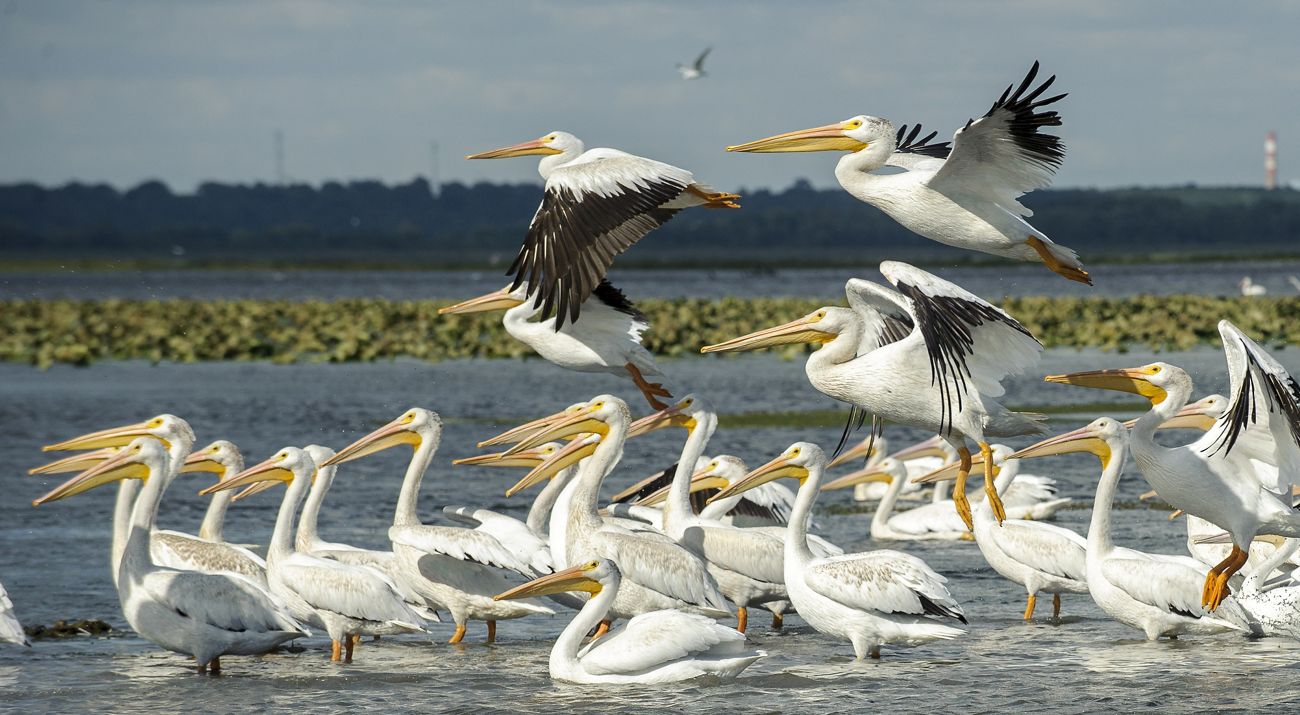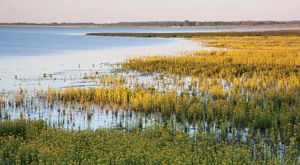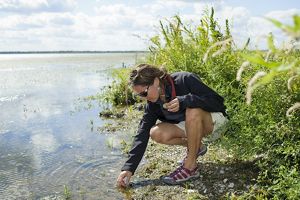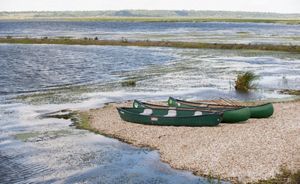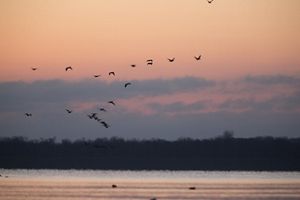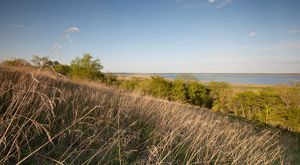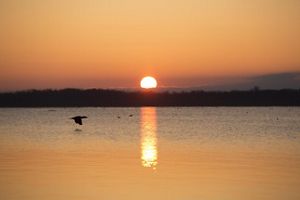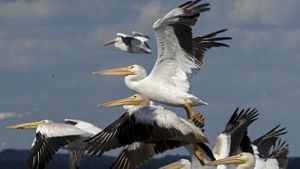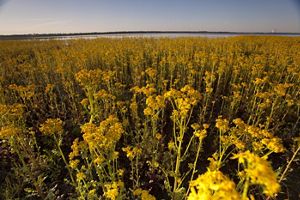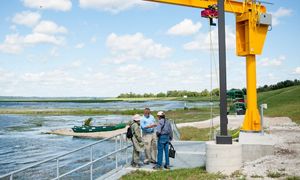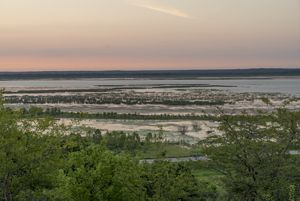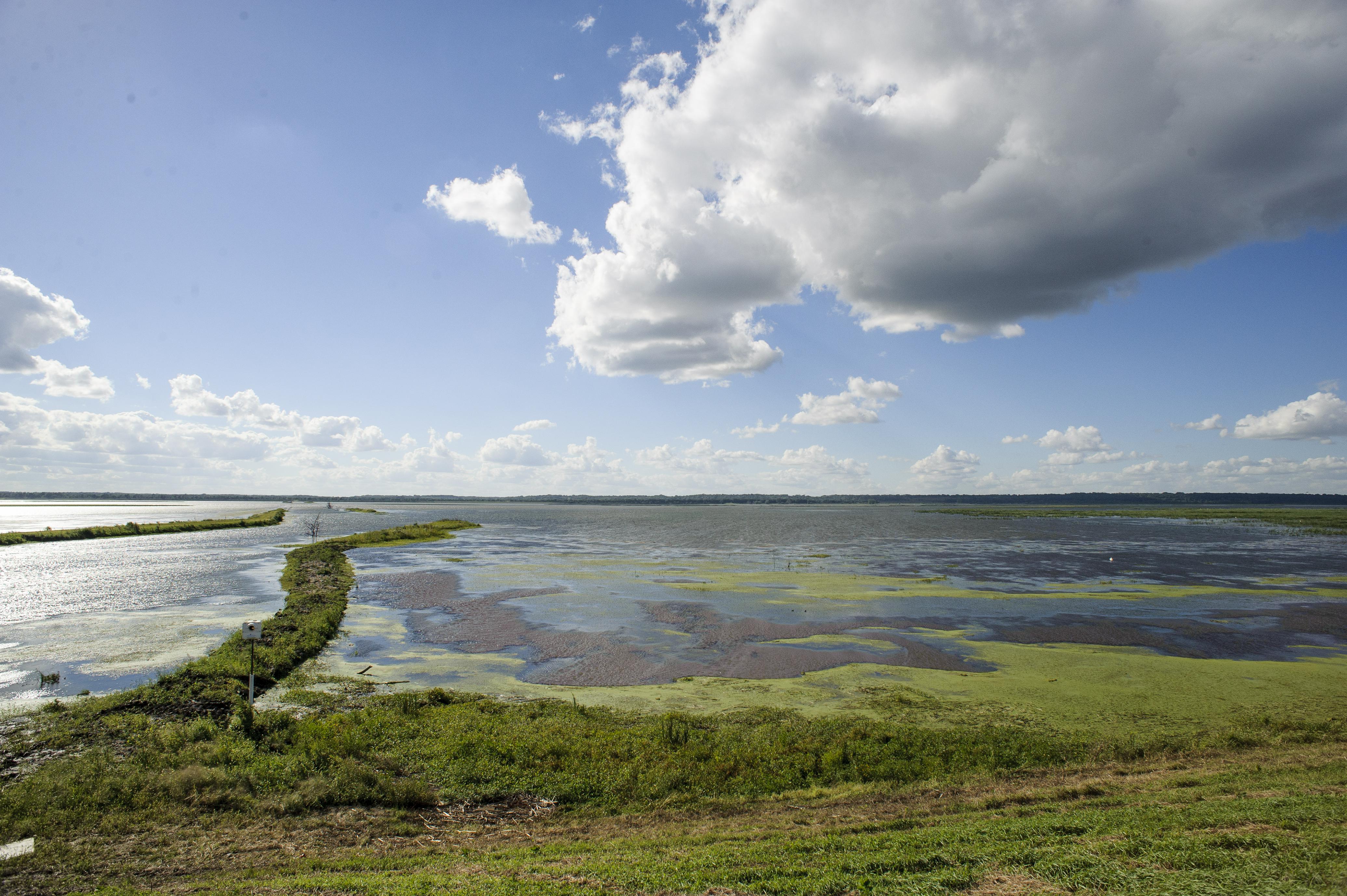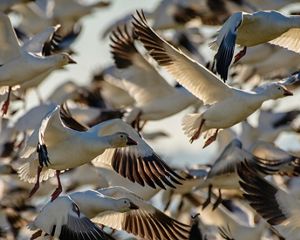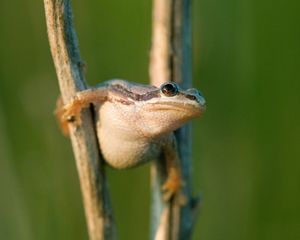Emiquon once was the jewel of the Illinois River, nurturing diverse and abundant communities of native plants and animals in the complex system of backwater wetlands and lakes. From the hundreds of nearby archaeological sites, including Native American villages and ceremonial and burial mounds, to the acres of modern fields of corn and soybeans, this land is a quiet testimony to the abundant natural resources that supported more than 600 generations of civilization in this area.
By virtue of its size, optimal location and biological legacy, Emiquon significantly advances TNC’s efforts toward conservation of the Illinois River. As part of the restoration process, TNC installed a ground-breaking water management structure that reconnects the floodplain to the Illinois River for the benefit of both people and nature. The site has been designated a wetland of international importance by Ramsar. Wetlands are key to fighting and adapting to climate change, yet only 10% of historic wetlands remain in Illinois.
Archaeologists consider Emiquon—with more than 149 documented archaeological sites—and the lands around it one of the richest places for discovered Native American sites in the country. It is a place of mystery and legend with strong connections to the past.
TNC is committed to the preservation of the Illinois River. The acquisition of Emiquon enables scientific research and ecological restoration of an area that is considered the linchpin for recovery of the biodiverse wetland ecosystem.
Guided by recommendations from the Emiquon Science Advisory Council, which is a group of more than 40 scientists of regional and national acclaim, TNC’s work at Emiquon is on the leading edge of the evolving field of restoration science. Scientists with TNC and its partners have created computer models to guide the restoration and management. These models are used by TNC scientists to evaluate different management scenarios.
For example, TNC ran models that predicted where water would occur on the property, how deep it would be, how it would carry and deposit sediment and how plant communities would respond to the changes. These types of models are invaluable. They give us the ability to determine how the lands and waters of Emiquon will respond under different conditions and allow TNC scientists to plan for management challenges—such as excessive sedimentation—before they occur.
TNC also works closely with the Illinois Natural History Survey, University of Illinois and other partners to collect monitoring data about the current state of Emiquon’s species and natural communities. These activities will continue throughout the restoration and give scientists a means to measure progress and provide for adaptive management of the project.
The restoration at Emiquon also benefits the economic development and prosperity of local communities. With a widespread reputation for great fishing, hunting and birding, Emiquon attracts sportsmen and women from throughout the state, bringing more business to local sporting goods shops and the restaurants where these visitors eat.
